
Bernard Aubertin (1934-2015), born in Fontenay-aux-Roses and a renowned Zero artist, received his education in a Parisian suburb. As an autodidact, he initially experimented with painting in the style of Futurism and Cubism. However, in 1961, Aubertin left Paris and joined Heinz Mack, Otto Piene, and Günther Uecker, the founders of the New Zero Movement in Düsseldorf. He also had a close friendship with Piero Manzoni, a prominent Italian member of the movement. He passed away in Reutlingen, Germany.
Aubertin gained recognition for his monochromatic red works, as well as his red nail pieces (“Tableaux-clou”), iron wire works (“Tableaux Fil de Fer”), and fire performances. His monochromatic work, “Rouge total,” marked a significant shift in his artistic career, inspired by Yves Klein’s monochromatic blue works, whom he visited in 1957. Shortly after, he joined Zero.
Together with other Zero members, Aubertin rebelled against the pictorial traditions of the time, represented by Art Informel and Neo Expressionism. Monochromatic works were used by many Zero artists as a way to break free from the conventions of painting and aesthetics, aiming for a “tabula rasa” or creating a “pictorial silence.” These works neutralize figuration, lines, and forms, yet still evoke emotion and experience. They describe nothing and express nothing, but rather represent a kind of essence.
Moreover, like the element of fire, which was the most important component of his performances, he would burn objects such as violins, books, pianos, cars, and paintings, or organize patterns of match sequences (‘Parcours d’Allumettes’) and fire paintings (‘Tableaux-feu’) on a surface starting from the 1960s.
Fire and red symbolize renewal, energy, dynamism, destruction, rebirth, and many other rich interpretations in psychology. Based on his experiences working with fire, he also produced a lot of work in which red was combined with black as an inseparable duo. In recent years, white and gold have also been employed in Aubertin’s work.
Along with other members of the Zero group, he exhibited in group shows in Frankfurt, Amsterdam, Rotterdam, Berlin, and Milan, as well as in the United States and, for example, the Documenta in Kassel starting from the 1960s. Aubertin’s works can be found worldwide in prominent institutions and collections such as the Solomon R. Guggenheim Museum (New York), the Stedelijk Museum (Amsterdam), the Palais de Tokyo (Paris), the Graz Museum, the Kunstpalast Düsseldorf, Centre Georges Pompidou (Paris), and the Centre National de l’Art Contemporain (Paris).
www.ftn-books.com has several Aubertin publications available.











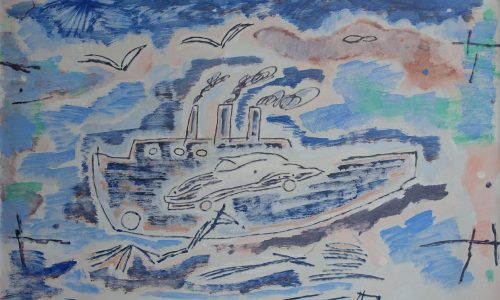







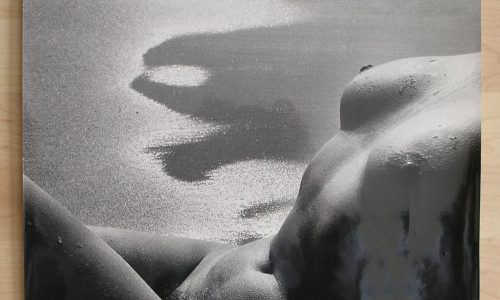


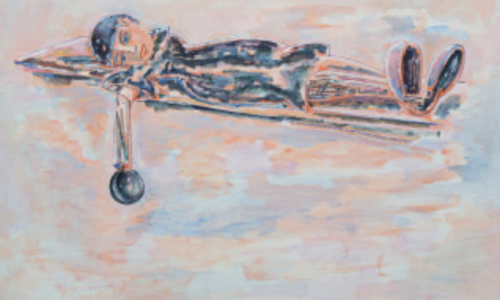
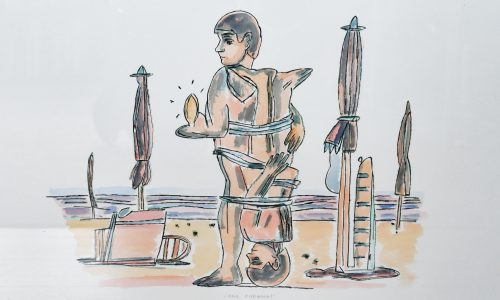
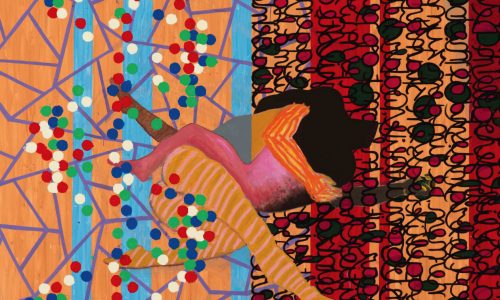
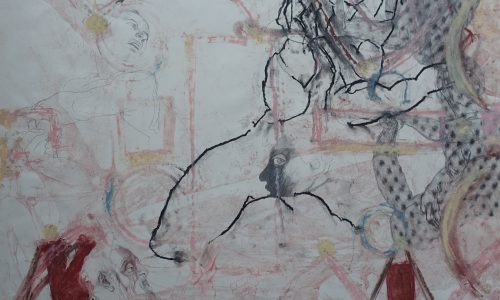




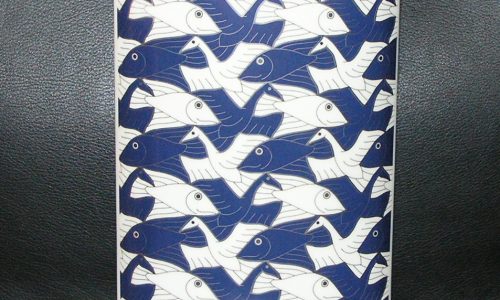


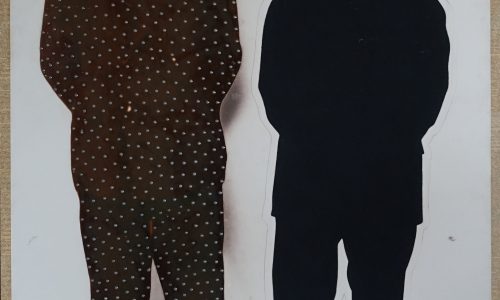

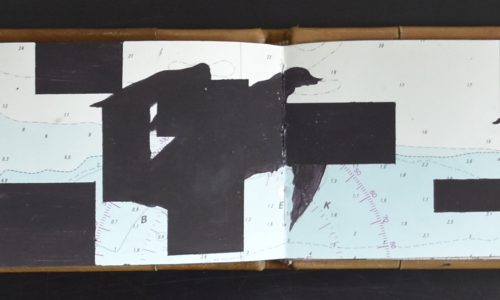

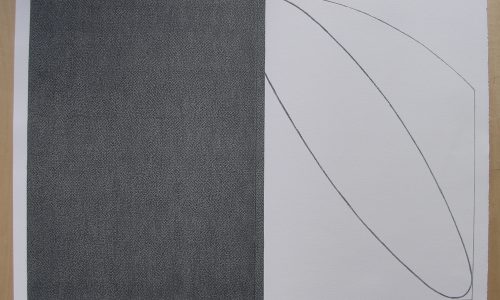










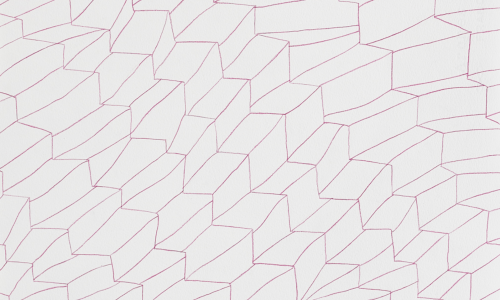








backlink paketleri